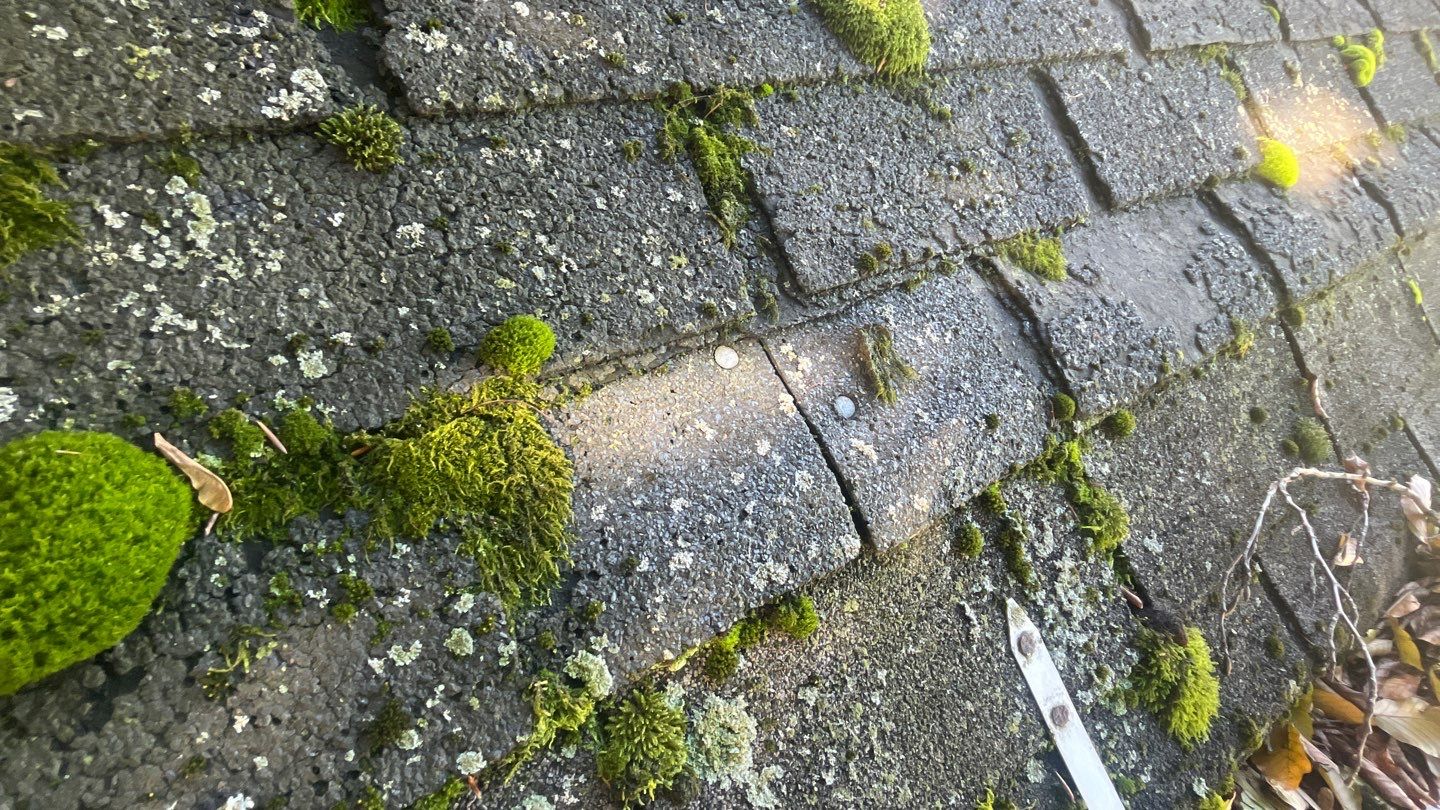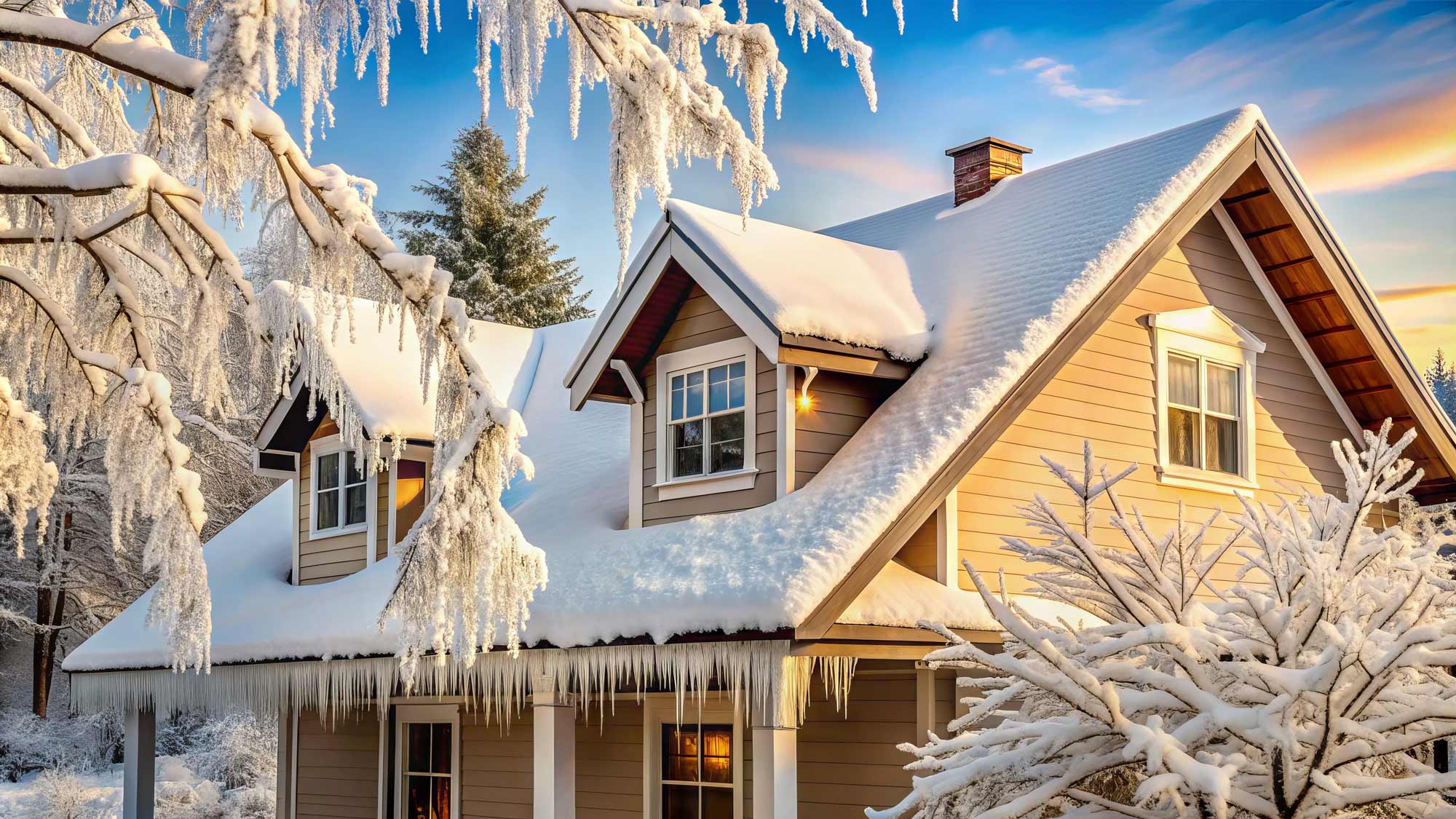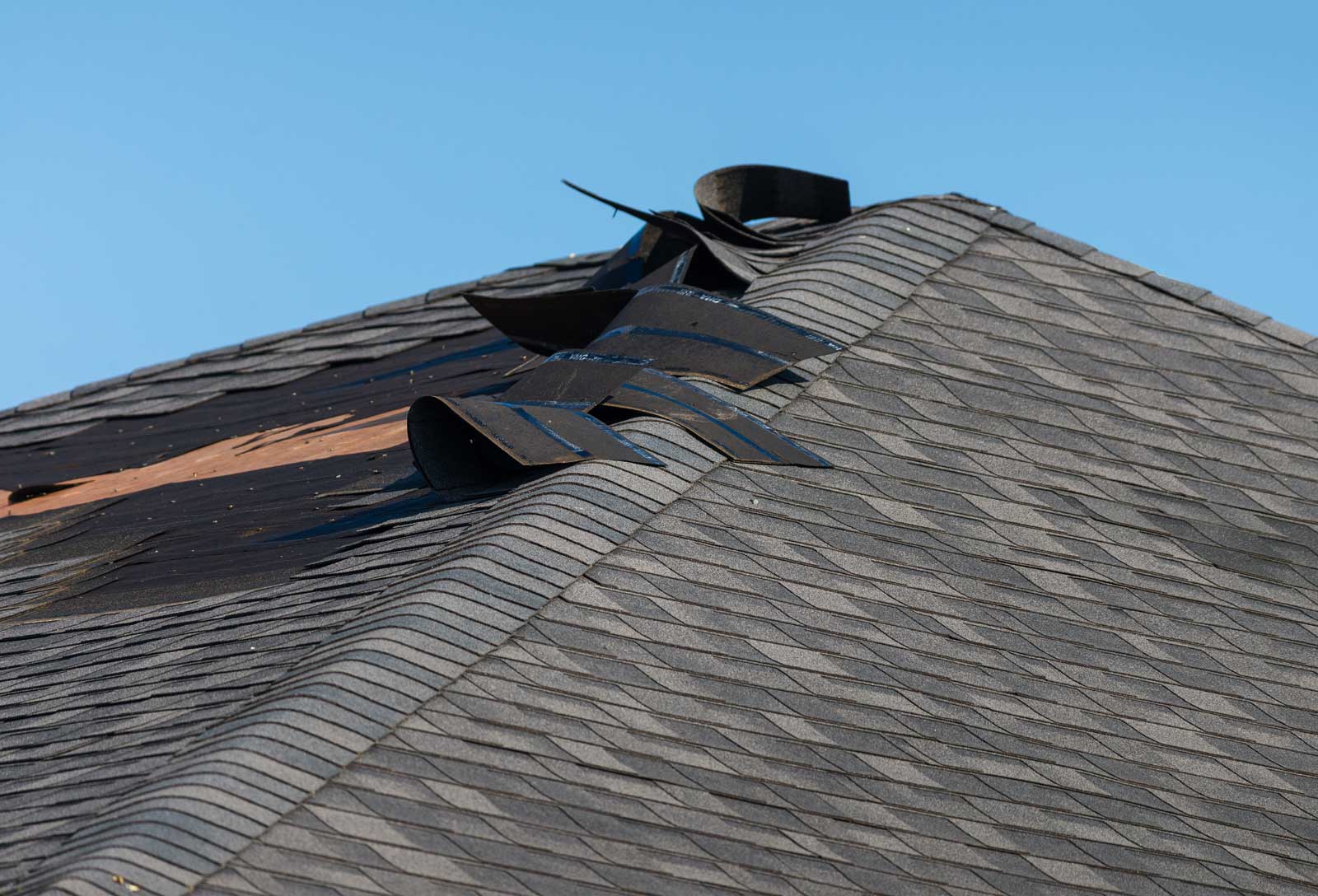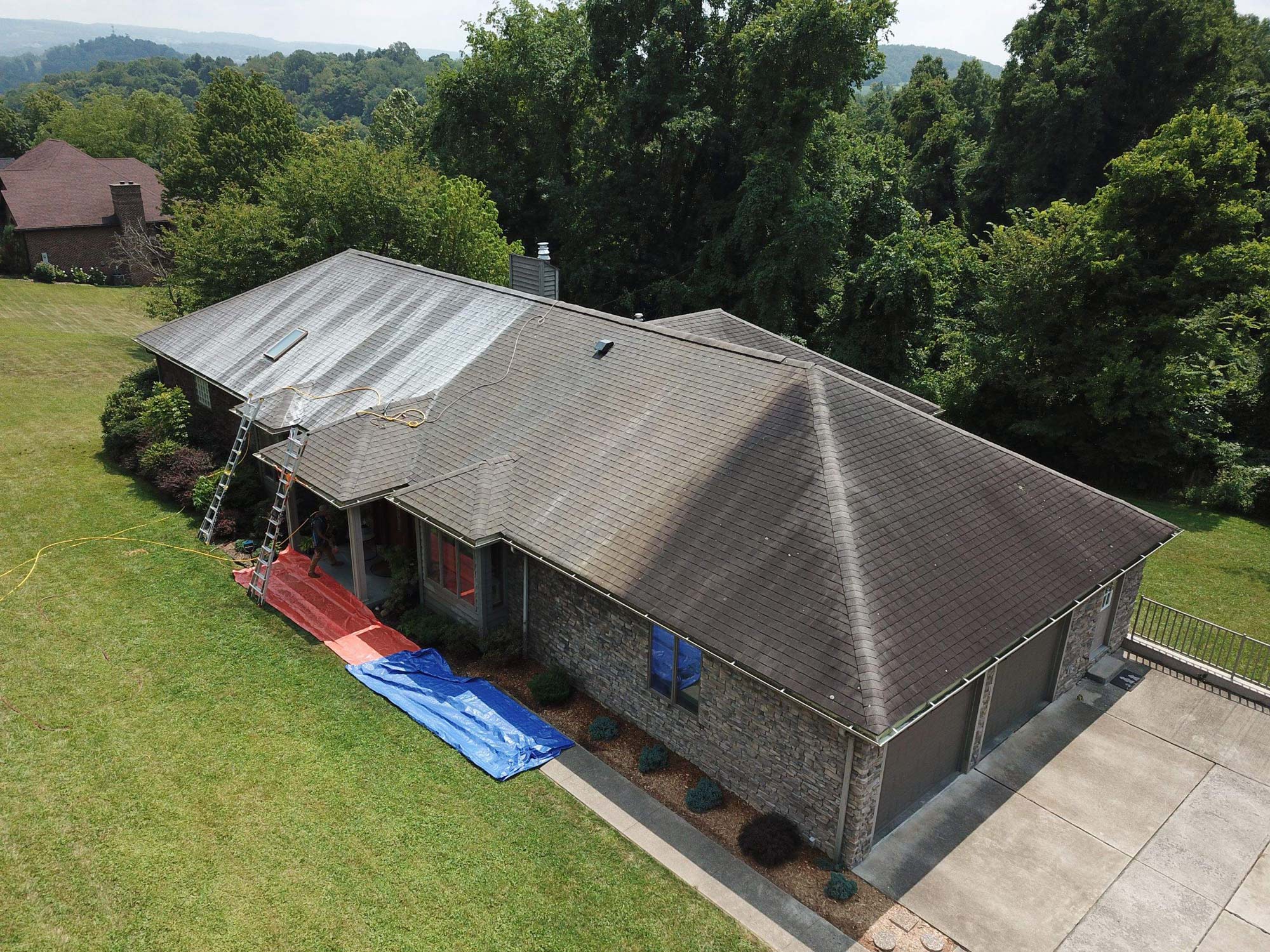Introduction
The longevity and performance of your roof are influenced by various factors, from material quality to installation standards. However, roof ventilation is one aspect that often goes unnoticed yet plays a pivotal role.
This guide dives deep into the essence of adequate ventilation, shedding light on how it can dramatically affect your roof’s lifespan, promote energy efficiency, and maintain the structural integrity of your home.
The Importance of Roof Ventilation
Why Ventilation Matters
Roof ventilation is crucial not just for air circulation but as a fundamental component that affects both the health of your roof and your home’s energy efficiency. Proper ventilation ensures that attic temperatures and moisture levels are kept within optimal ranges, which is essential for the durability and functionality of your roof.
It’s a critical factor in preventing the accumulation of harmful conditions that can compromise the structural integrity of your home, leading to unnecessary energy consumption and costs.
To learn more about why ventilation matters, check out GAF’s article Why Proper Attic and Roof Ventilation Matter to Your Home.
Effects on Roof Lifespan
Inadequate ventilation can precipitate many issues, from moisture build-up and heat accumulation to ice damming in colder climates, significantly reducing your roof’s lifespan.
By ensuring a balanced airflow, you’re not just preventing immediate problems but are also proactively protecting your roof against wear and tear that can lead to premature aging and failure. This strategic approach to roof care can save homeowners considerable expense over time.
Types of Roof Ventilation Systems
Passive Ventilation Systems
Passive ventilation systems harness natural air movement to facilitate circulation in and out of the attic. This includes strategically using ridge vents, soffit vents, and gable vents, creating a seamless air exchange mechanism. These systems are designed to work without mechanical intervention, leveraging wind and natural convection to maintain a healthy attic environment.
Active Ventilation Systems
In contrast, active ventilation systems incorporate powered solutions, such as attic fans, to actively manage air exchange. These systems are especially beneficial in areas experiencing extreme temperature fluctuations, providing a controlled environment that passive systems may not effectively maintain. Active systems can be particularly adept at quickly reducing excessive attic heat and moisture levels, offering a tailored solution to specific climatic challenges.
How Ventilation Affects Roof Lifespan
Preventing Moisture Damage
Moisture accumulation is one of the most significant threats to a roof’s integrity. Attics can become breeding grounds for mold, rot, and structural decay without adequate ventilation. Proper airflow is essential in maintaining low moisture levels, significantly reducing the risk of such damage. This proactive moisture management is critical in ensuring your roof’s longevity and structural integrity.
Reducing Heat Build-up
Excessive attic heat can accelerate the aging process of roofing materials, compromising their integrity and functionality. Adequate ventilation serves as a temperature regulator, dispersing heat and preventing the thermal degradation of shingles and underlayment. By mitigating heat build-up, ventilation systems play a crucial role in extending the lifespan of your roof.
Critical Components of a Roof Ventilation System
Intake Vents
Located near the roof’s edge or within the soffits, intake vents are critical for introducing fresh, cool air into the attic space. These components are essential for starting the ventilation cycle, ensuring a continuous flow of air to maintain optimal atmospheric conditions within the attic.
Exhaust Vents
Exhaust vents are positioned at or near the roof’s peak, facilitating the expulsion of hot, moist air from the attic. This completes the ventilation cycle, which is crucial for maintaining a healthy roof and attic environment. Their strategic placement ensures the most efficient removal of heat and moisture, which is critical to the effectiveness of the entire ventilation system.
Signs Your Roof Needs Better Ventilation
Visible Moisture Damage
The presence of stains, mold, or rot in your attic or on your ceiling is a clear indicator of inadequate ventilation. These symptoms suggest that moisture is not effectively managed, necessitating immediate measures to improve airflow and protect your home from further damage.
Overheating in Attic Spaces
An attic that feels excessively hot is a sign of poor ventilation. This overheating can lead to increased cooling costs during the summer months and accelerate the deterioration of roofing materials. Addressing ventilation issues can help mitigate these problems, creating a more comfortable and cost-efficient home environment.
Benefits of Proper Roof Ventilation
Extended Roof Lifespan
Adequately ventilated roofs are better equipped to resist the common causes of deterioration, such as moisture and heat damage. By ensuring proper airflow, you can significantly extend the lifespan of your roof, avoiding the pitfalls that often necessitate premature roof replacement.
Energy Efficiency Improvements
Optimal ventilation contributes to a more consistent indoor temperature, reducing the workload on heating and cooling systems. This leads to lower energy bills and contributes to a more comfortable and sustainable living environment.
Choosing the Right Ventilation System for Your Roof
Factors to Consider
Selecting an appropriate ventilation system requires careful consideration of your roof’s specific characteristics, the local climate, and your home’s architectural design. Each home is unique, and an effective system for one might not be suitable for another, underscoring the importance of a customized approach.
Professional Evaluation
A professional evaluation can offer valuable insights into your home’s most effective ventilation strategy. Experts can assess your needs and your roof’s design to recommend a system that will provide the best performance and efficiency.
Installation and Maintenance of Ventilation Systems
DIY vs. Professional Installation
While some homeowners may consider a DIY installation, entrusting the job to professionals ensures that your ventilation system is installed correctly, adhering to all relevant codes and standards. This guarantees optimal performance and protects the warranty of your roofing materials.
Contact RAW Roofing for information on designing the right roof for your home. Call today for assistance in creating a design that suits your needs and preferences. We are GAF certified, and are ready to serve you.
Routine Maintenance Tips
Maintaining your ventilation system is essential for its long-term performance. Regular inspections, particularly after severe weather events, can help identify and rectify any issues before they escalate into major problems. Keeping vents clear of debris and ensuring no blockages are simple yet effective steps in preserving the integrity of your ventilation system.
Common Misconceptions About Roof Ventilation
Debunking Myths
There are many myths surrounding roof ventilation, the most prevalent being that more ventilation is always better. In reality, the key is achieving the right balance of intake and exhaust to create adequate airflow without compromising the roof’s structural integrity or energy efficiency.
How to Know If Your Roof Is Properly Ventilated
Identifying the signs of proper ventilation can help homeowners ensure that their system functions as intended. Consistent indoor temperatures, the absence of moisture-related issues, and improved energy efficiency indicate a well-ventilated roof. Regular inspections and consultations with professionals can also ensure that your ventilation system meets your home’s needs.
FAQs
How often should roof ventilation systems be inspected?
Roof ventilation systems should be inspected at least once a year to ensure they are entirely free from blockages and functioning. It’s also wise to check them after extreme weather events, such as heavy snowfall or storms, which could cause damage or obstructions.
Can improved roof ventilation lower my energy bills?
By facilitating proper airflow, improved roof ventilation can significantly lower your energy bills. It reduces the workload on your heating and cooling systems by maintaining a more consistent temperature within your attic and throughout your home, increasing energy efficiency.
What’s the best time of year to upgrade my roof’s ventilation?
The best time to upgrade your roof’s ventilation is during the milder seasons, such as spring or fall. These periods provide favorable weather conditions for roofing work, making it easier and safer for installations or upgrades to be carried out.
Is it worth investing in an active ventilation system?
Investing in an active ventilation system can be beneficial, especially in areas with high temperatures or specific architectural features that limit natural airflow. Active systems, like powered attic fans, can more aggressively manage attic temperatures and moisture levels, providing a tailored solution to your ventilation needs.
How do I know if my attic has enough intake vents?
A general rule of thumb for adequate intake ventilation is balancing intake and exhaust ventilation areas. Ideally, for every 300 square feet of attic space, 1 square foot of ventilation should be split evenly between intake and exhaust. Signs of insufficient intake include overheating in the attic, moisture problems, and ice dams in colder climates.
Can roof ventilation impact my home’s resale value?
Absolutely. Proper roof ventilation not only extends the roof’s lifespan but also contributes to better overall energy efficiency and indoor air quality in the home. These factors appeal to potential buyers and can positively impact your home’s resale value, making it a wise investment for the future.
Conclusion
The impact of ventilation on your roof’s lifespan cannot be overstated. With the right system, you can prevent moisture damage, reduce heat build-up, and enjoy a more energy-efficient home. Whether you’re considering an upgrade or installing a new system, prioritizing proper ventilation will pay dividends in the longevity and performance of your roof.





